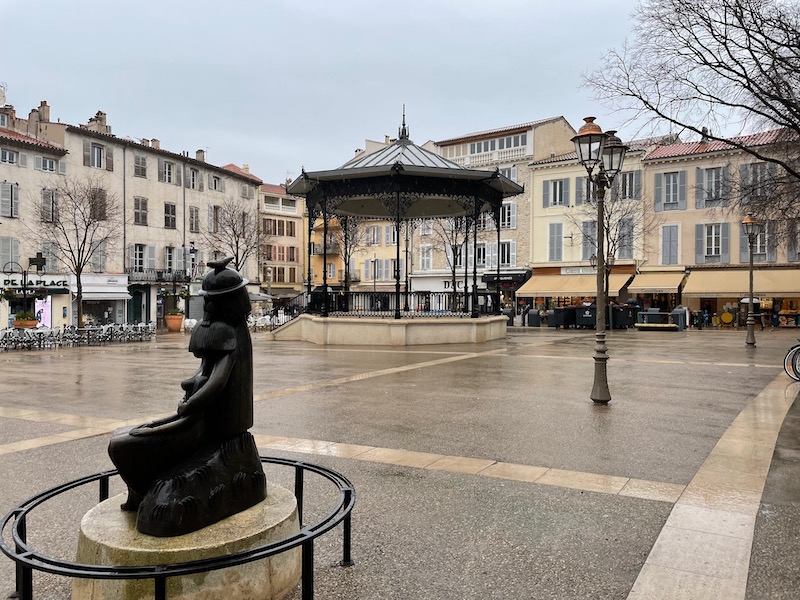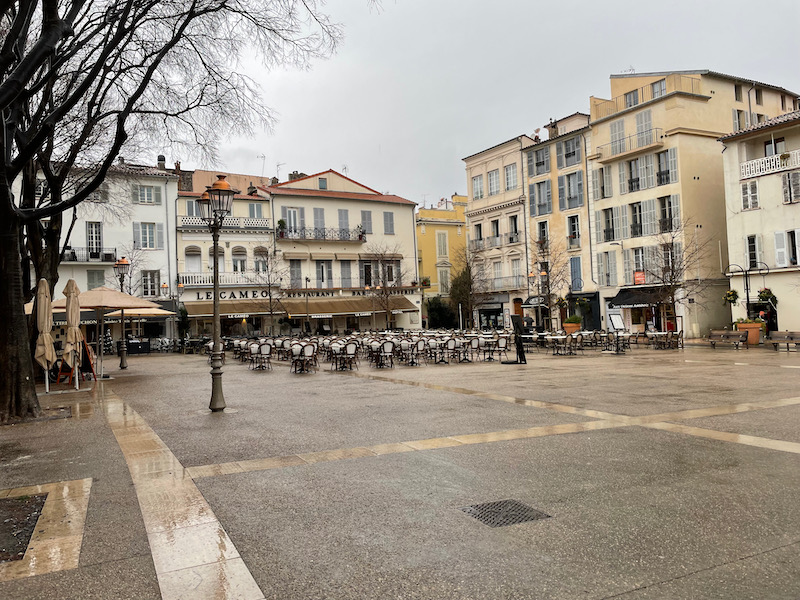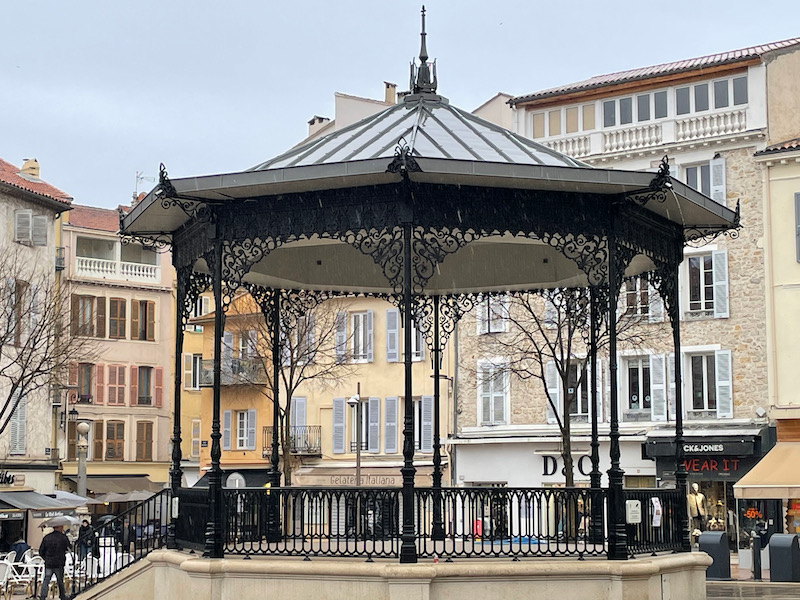Our Blog - Cote d'Azur - Antibes, France
Our morning started with a walk along the Cap d'Antibes, which is the peninsula that sits between the city of Antibes and the Mediterranean. In the middle of the 19th century, rich tourists built luxurious mansions around the cliffs on the peninsula, taking advantage of the gorgeous views. There is a 2.7 km coastal path, known as "Tire Poil" that works it way around the steep cliffs. We walked a bit on it, grabbing a few pictures of the coastline. In places, it was quite steep with stairs going up and down the rocks.
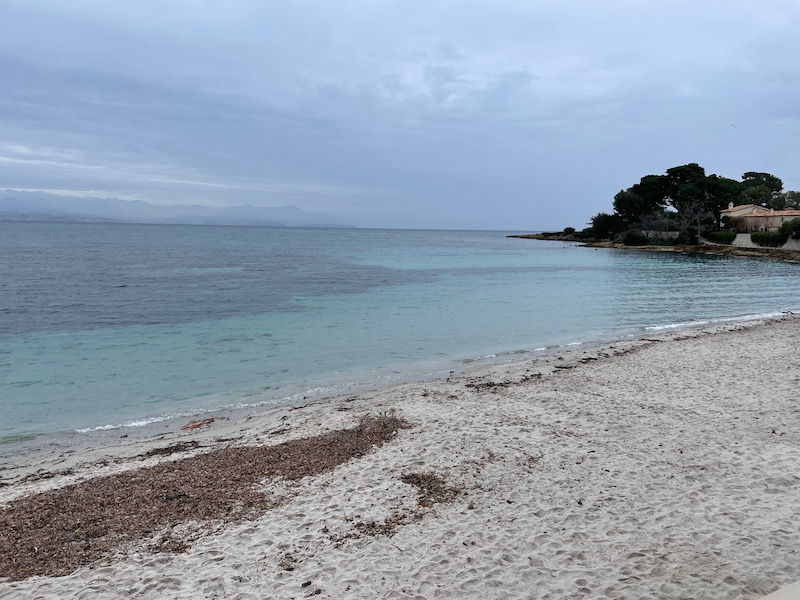
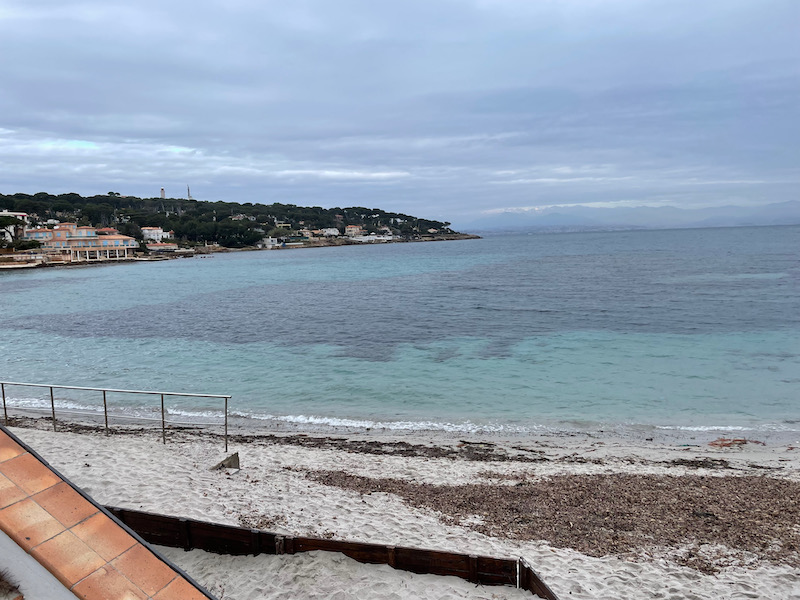
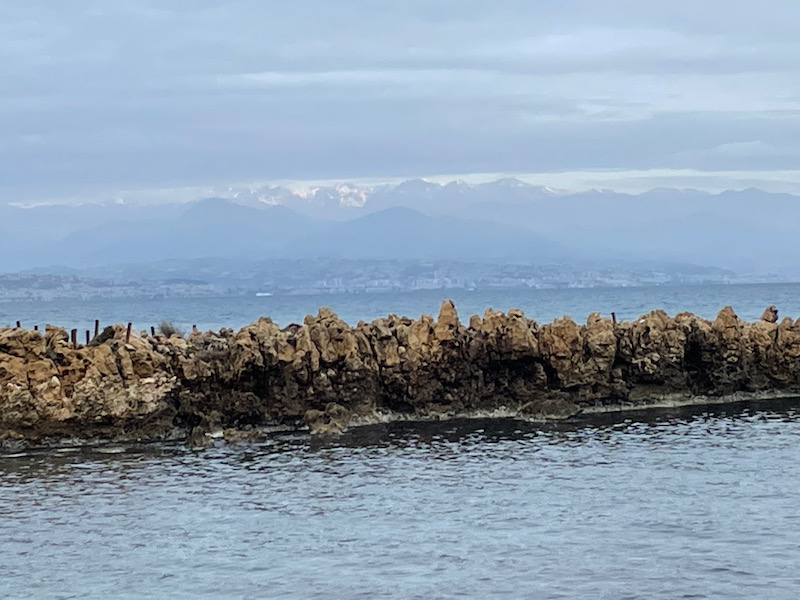


We then headed back into the old town of Antibes. There have been people living here since the early Iron age with traces being found around the castle and cathedral. Like most Roman towns, Antibes (Antipolis in Roman times) had a Roman theatre and an amphitheater.
The Church of the Immaculate Conception was first built in the 5th century. It was destroyed multiple times during its history, notably by Saracen pirates in 1124 and by Austrian bombardment during the 1746-7 Siege of Antibes. Its current façade dates to the rebuilding after the Siege of Antibes and blends Latin classical symmetry and religious fantasy. We were there during the lunch break and so we didn't see the interior.
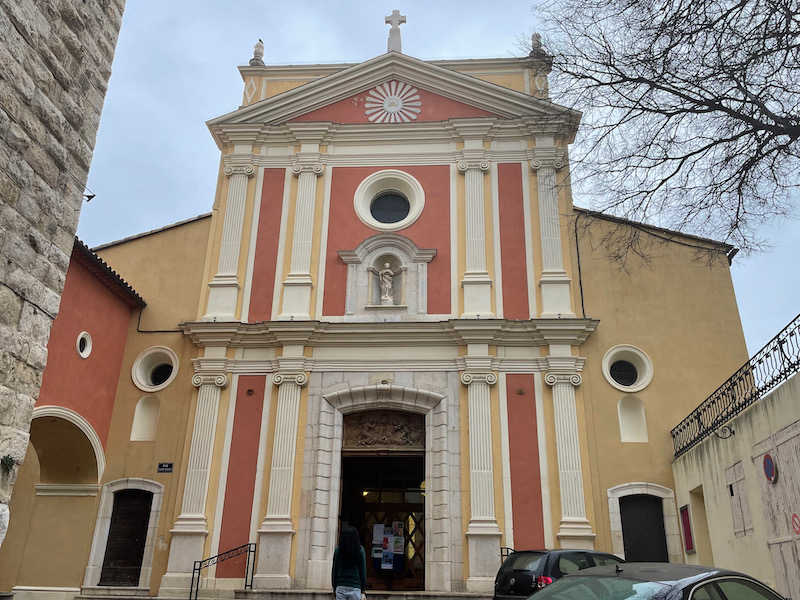
The Picasso Museum is housed in the Grimaldi Castle. The Château Grimaldi was originally built in the late 14th century as the residence of part of the famous Grimaldi Dynasty (most known for being the ruling family in Monaco). During the French Revolution it was seized and used as the town hall and then converted into a barracks. Starting in 1925, it was the Grimaldi Museum. In 1946, Pablo Picasso lived here for 6 months and now houses the first museum in the world to be dedicated to the artist. Picasso himself donated some works to the museum, which now has a total of 245 works by Picasso. You can see in these pictures how the castle was built on a rocky cliff.
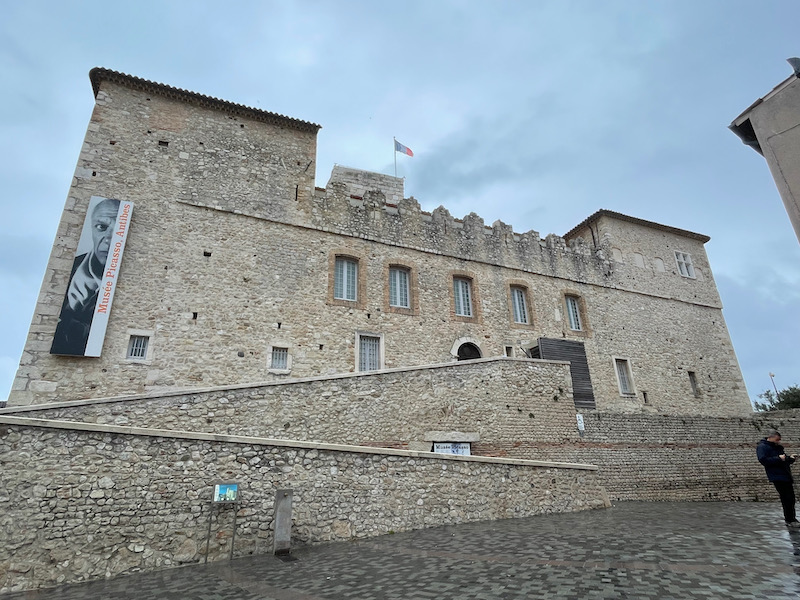
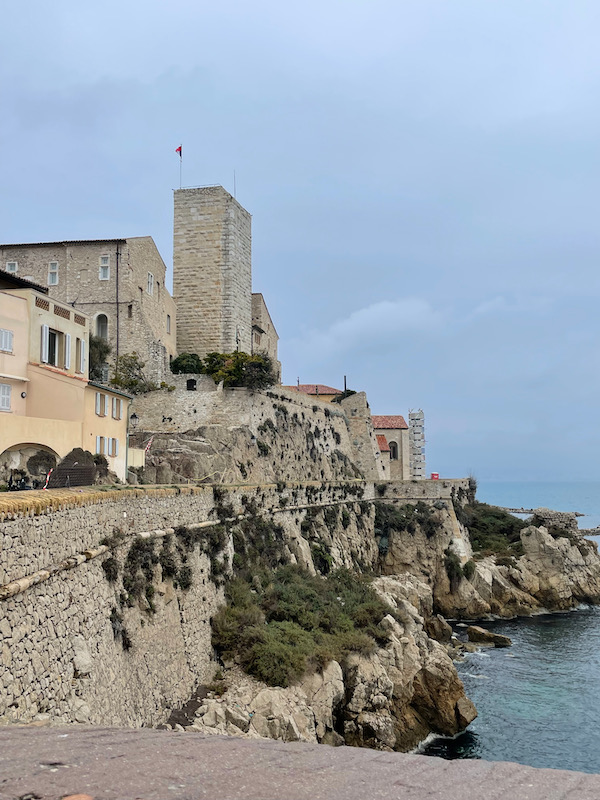
The Saint-André bastion was built by Vauban in the late 17th century. Its two vaulted galleries are home to the Antibes’ permanent archaeological collection, made up of objects excavated both on land and in the sea. It has allowed us to reconstruct the history of the town during Antiquity as well as the history of Ligurian, Greek and Roman populations who have left their mark on Antibes.
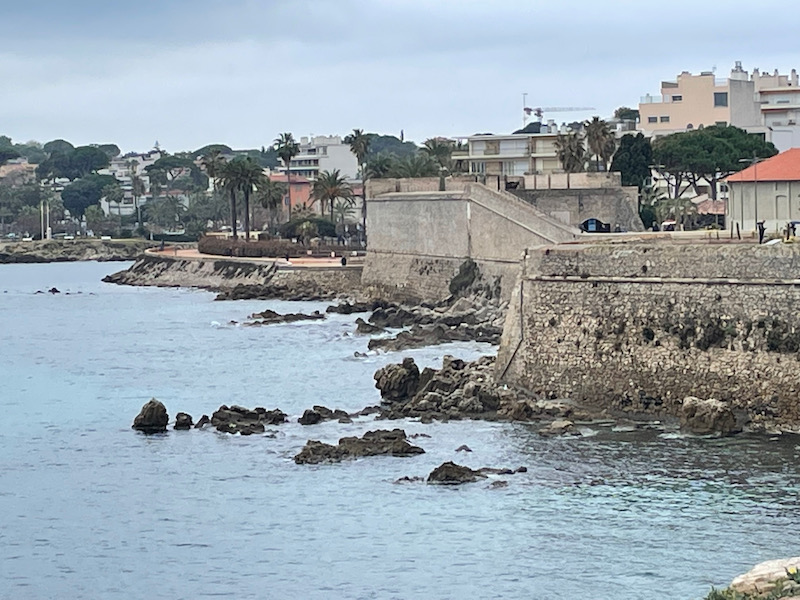
This should give you a good view of the fortifications on the Mediterranean.
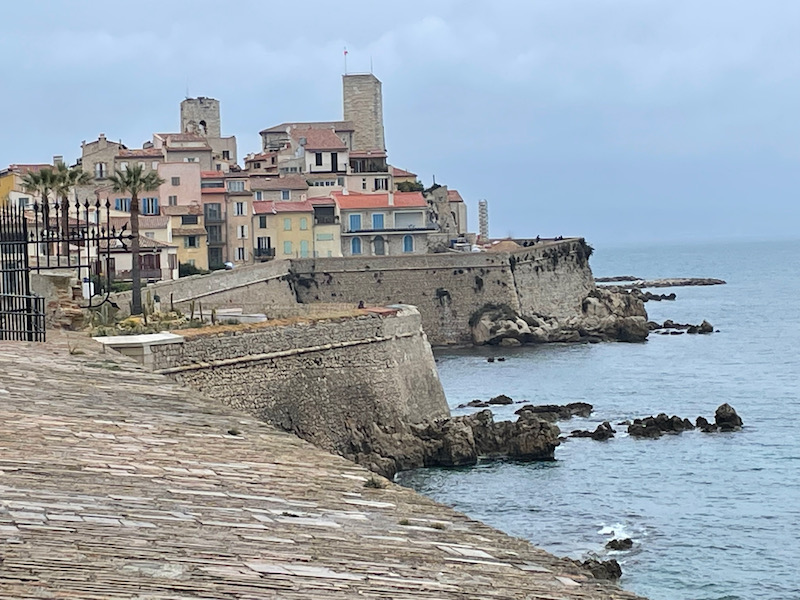
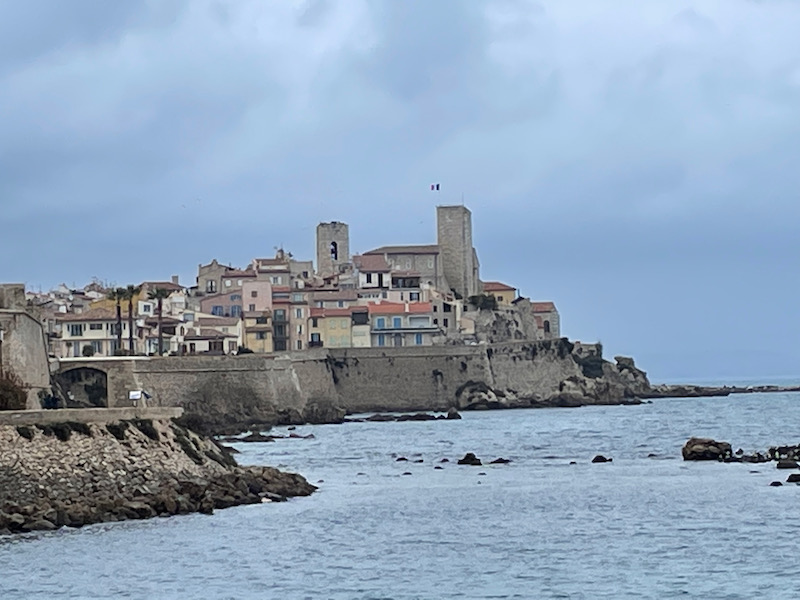
I thought this was a really nice building, the Palais Albert 1st, built in 1927 in a Bell Epoque style.
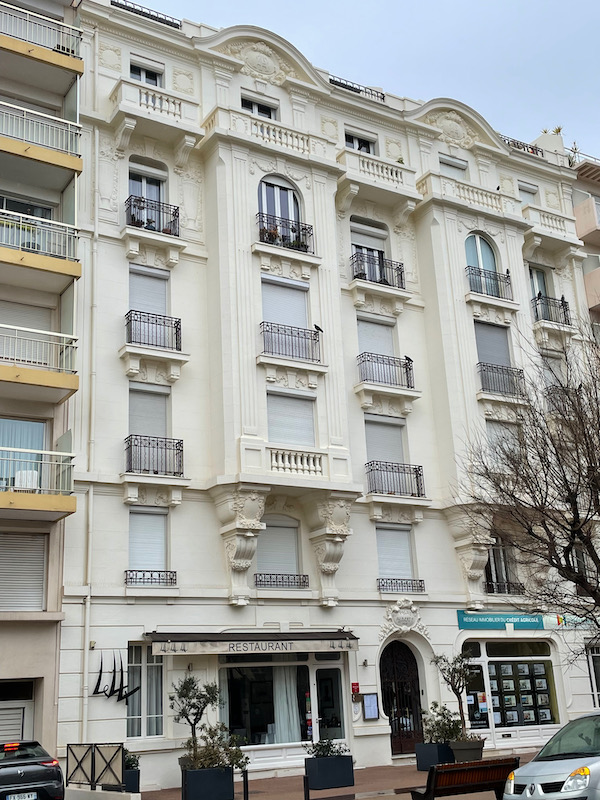
This is Place Nationale, which has a very nice metal gazebo.
